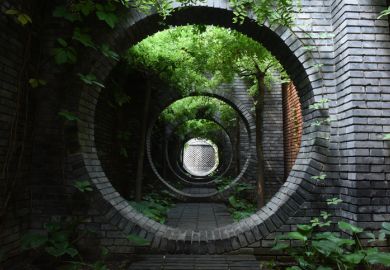Researchers with papers to publish look first to appropriate refereed journals with a high citation rating. They are concerned about the time taken to publish and they also want to find a home for their work along with the best papers of their peers. Promotion prospects and performance pay can hang on matters such as these. Consequently, to survive, new journals have to establish their credentials and identity quickly.
The managers of Cellulose look as if they have done the right things to ensure a future for their product. The subject matter is of high economic importance, it involves the use of classical and rapidly evolving modern techniques, and research leading to publications is funded from a wide base. The editors are world leaders in their fields. By the time Volume 1, Part 2 was published, an international editorial board of 41 had been gathered. There should be no shortage of suitable papers in the short term! Currently there is no way to tell from the journal itself how long it takes from acceptance of a manuscript to its appearance in print.
The journal publishes original papers on the pure and applied science of cellulose. It is also concerned with the development of relevant new technologies. Lignin and hemicellulose studies are specifically excluded, except when the main theme of the work is cellulose. Review articles, both invited and submitted, and short technical notes are also considered, on the same basis. The main fields of study covered are chemistry, biochemistry, physics and materials science of cellulose and its derivatives.
My review is based on five parts of the journal. In the first year four parts comprising 280 pages of text were published. This consisted of one general paper, "Cellulose: a random walk along its historical paths" by D. N. S. Hon, two review papers, "Kinetics and mechanisms of the low-temperature degradation of cellulose" and "Cellulases and their interaction with cellulose" and 14 research papers covering the main spread of fields listed above.
To date, the journal provides reviews at a level suited to both graduate and undergraduate students, with valuable lists of references for research workers interested in cellulose. The research papers are clearly more specialised, and will be of most interest to those engaged in particular lines of research. There is sufficient focus in the journal for the specialist to find it worth reading, and within the focus, enough variety to stimulate cross- fertilisation of ideas.
Potential authors will be attracted by the quality of the production. Despite some slight read-through, the text is easy to scan, point size is satisfactory for the single-column format, and the layout is modern. Half-tones are well reproduced and an acceptably fine screen is used. Figures and tables are accommodated in single- or double-column format, giving much flexibility.
David Cutler is at the Jodrell Laboratory, Royal Botanic Gardens, Kew.
Cellulose
Editor - John C. Roberts
ISBN - ISSN 0969 0239
Publisher - Chapman & Hall
Price - £145.00
Register to continue
Why register?
- Registration is free and only takes a moment
- Once registered, you can read 3 articles a month
- Sign up for our newsletter
Subscribe
Or subscribe for unlimited access to:
- Unlimited access to news, views, insights & reviews
- Digital editions
- Digital access to THE’s university and college rankings analysis
Already registered or a current subscriber?



